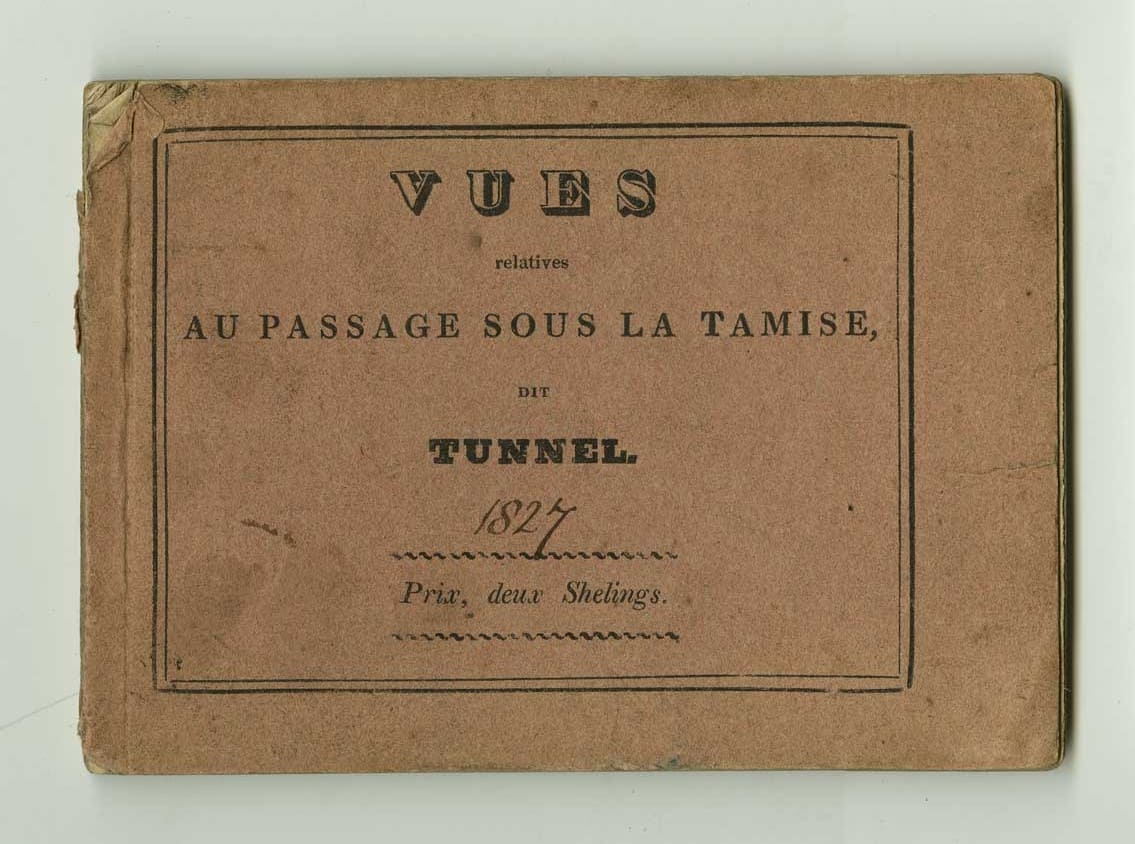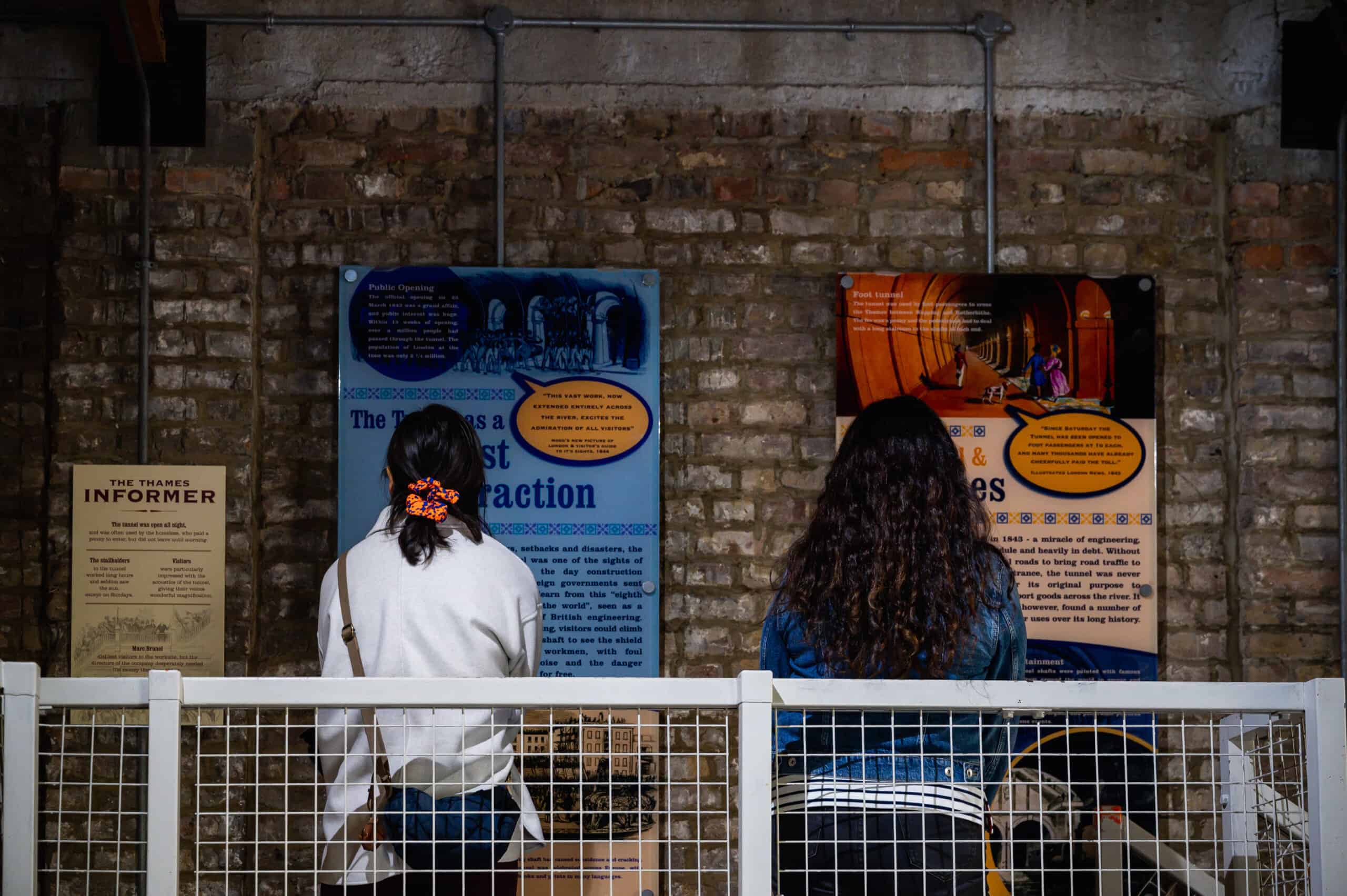Isambard Kingdom Brunel worked on the project from the very beginning, initially as an assistant to his father, however when William Armstrong, who had first been appointed as resident engineer ‘broke down under the strain’ in 1826, Isambard was promoted. Despite Marc’s boast at the final meeting of the Directors of the Thames Tunnel Company before it opened that ‘but seven lives had been lost…while forty-five men had been killed in the building of the new London Bridge’, working conditions in the tunnel could be horrendous. Famously a flood on the 12th January 1828 almost killed Isambard, and led to the abandonment of the project for seven years. In his diary a note in the margin for that day simply reads ‘WATER’.
The traditional view has been that when the project restarted in 1835 Isambard had very little to do with it, being busy with his own work. That was until his father suffered a stroke in November 1842, when deputised for his father to help ensure it was ready for its opening in March 1843. However, the letter books held by the Brunel Institute, part of the University of Bristol Collection, tell a slightly different story.
Letters from IK Brunel regarding the tunnel start to appear in the books from at least December 1838, when he writes to Thomas Page, the new resident engineer of the Tunnel, to discuss excavation and brickwork, and confirms that he would be happy to read some reports and offer advice. This could simply be a courtesy to a fellow engineer, and unsurprising given that Isambard had worked on the project before and had a vested interest in its success. However, by January 1842 we see that he is much more involved, when he writes to the Directors regarding meetings with them, and also tenders for the tunnel’s staircase. In March he writes regarding the pavement, and by October is requesting payment for drawings of the staircase (suggesting his office is carrying out work for the project).
His involvement does noticeably ramp up after his father’s stroke, and in December 1842 he writes to the Directors to discuss his position as engineer during his father’s illness. Interestingly in February 1843 he writes to the clerk of the Thames Tunnel Company about the opening of the Tunnel, news of which he appears to have heard very indirectly –
‘My father understood [from] Mr Hawes that the Directors had passed a resolution fixing the day of opening…surely this cannot be – please to let me know.’
Even after the opening he continues his involvement, in April 1844 writing about changes required for the engines and boiler – this letter shares a page in his letter book with a letter from Brunel to Robert Stephenson regarding the South Devon Railway – and in May he expresses dissatisfaction with defective pumps – a letter which shares its page with a request for information about HMS Rattler. He was a busy man.
Sir Marc Brunel (he was knighted by Queen Victoria on the 24 March 1841 for his work on the Thames Tunnel) died on the 12 December 1849. The Thames Tunnel was an engineering success, but was never successful as a foot tunnel, and was sold to the East London Railway in 1865. It is still in use today, as the crossing point of the Thames for the London Overground line, with the Brunel Museum occupying the original pumping house on the Rotherhithe side of the river.
Author: Nick Booth





